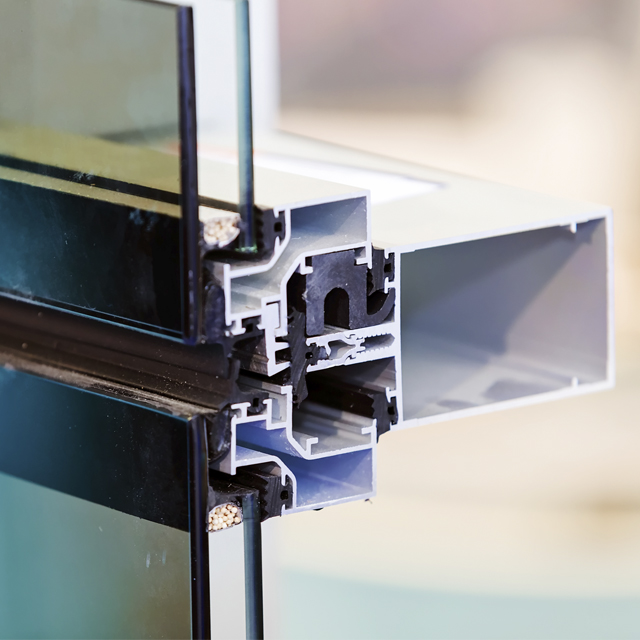Cleaning with bubbles and sound, chemical-free
StarStream is a system that allows the cleaning of metal and glass surfaces, as well as organic fabrics, with just a gentle stream of cold water.
Smart windows, varying the amount of light coming through the glass, can now be produced economically
One of the main premises for the take-up of technological innovations is that they are affordable. If not, the new product’s use can be very limited. This is exactly what happened with the research and development of smart windows, able to vary the degree of opacity and transparency depending on the user.
Traditionally, these windows contained conducting or liquid crystal glass. Taking into account their use for big surfaces (façades, shop windows, sliding doors, etc.), the high cost of the materials meant it was enormously difficult to scale up production.
Now Spain’s Scientific Research Council (CSIC) has given a new twist to the concept of smart windows, leaving aside materials based on liquid crystal and developing a new solution that reduces the costs of production per square meter from thousands of euros … to just a few cents!

Instead of using liquid crystal, the smart windows developed by CSIC apply a technology based on the controlled activation of a combination of chemical and physical reactions that cause the darkening and lightening of the glass.
The technology, a pioneer in the sector, has been named EMD (Externally Modulated Displays). It operates through thin films of porous material that, when exposed to humidity or dryness in the environment, change their optical transmission to achieve various degrees of opacity or transparency. In this way, the window regulates the amount of light that enters through the glass.
By controlling the level of humidity of the air that circulates around the glass, the user can activate or deactivate the transparency of windows in the home, office or workplace as they please, or blind the inside of the room. Response time is a question of seconds.
Another advantage with smart windows is they do not require any adapting to current legal norms, as they are only a variation of the glass presently used. They also save significantly on air conditioning during hot months since, by regulating the amount of sunlight penetrating the home or office, they reduce the ambient temperature, without the need for lowering blinds or switching on the light either.
Thus we have here what could be called a “window on the future”, one whose cost may well permit the desired swift take-up among consumers.
Source: Interempresas.
All fields are mandatory.
Read the most discussed articles
{{CommentsCount}} Comments
Currently no one has commented on the news.
Be the first to leave a comment.
{{firstLevelComment.Name}}
{{firstLevelComment.DaysAgo}} days ago
{{firstLevelComment.Text}}
Answer{{secondLevelComment.Name}}
{{secondLevelComment.DaysAgo}} days ago
{{secondLevelComment.Text}}